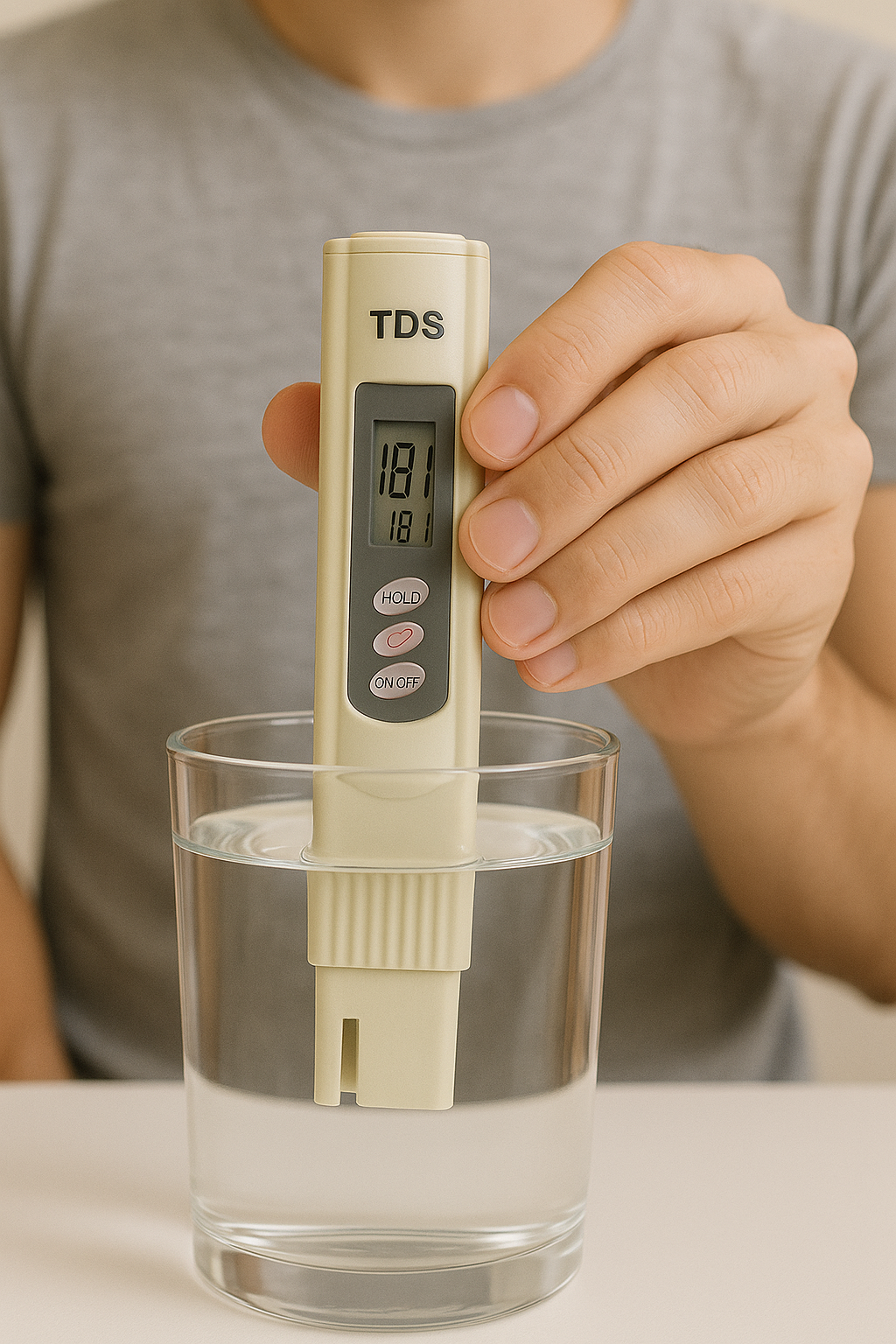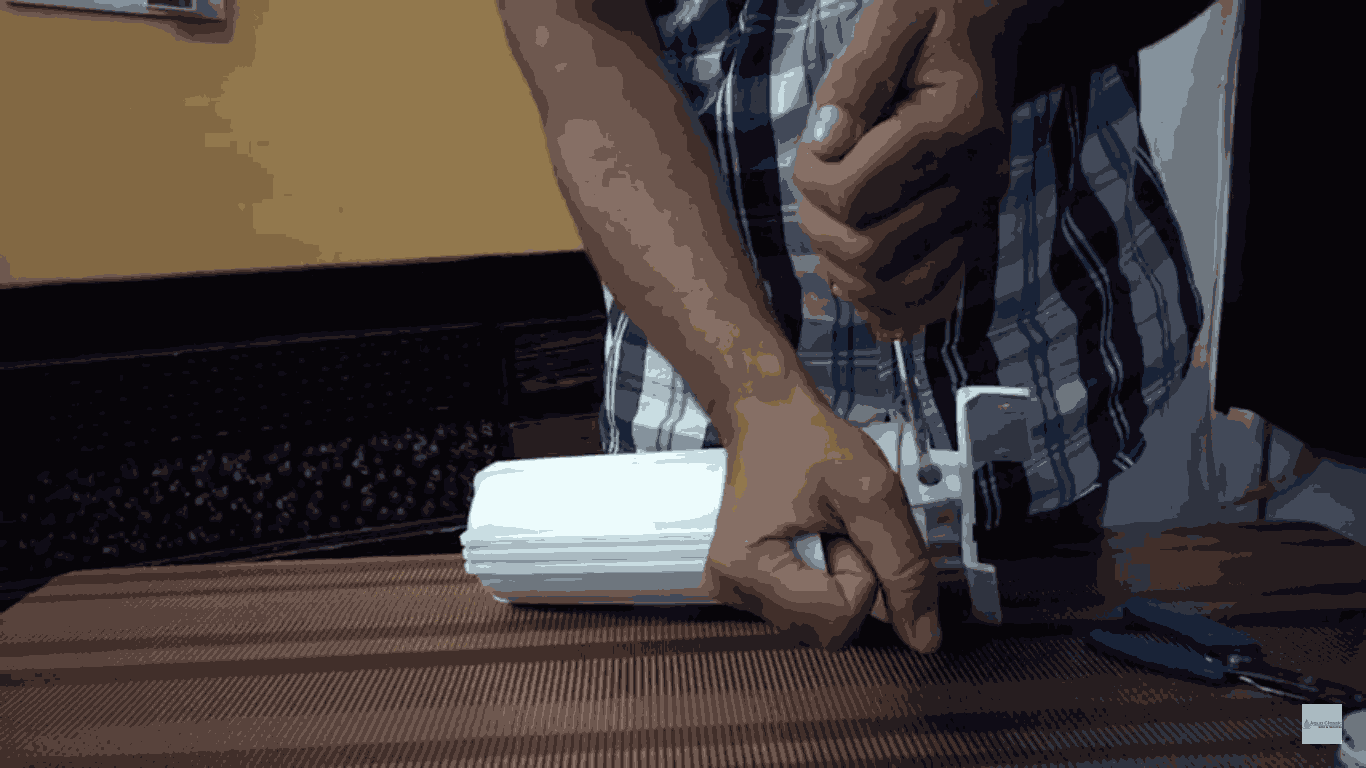Blog
How often should I check my drinking water with a TDS meter?

If you are one who uses an RO purifier or any home water filtration system, it is a good practice to check the TDS (Total Dissolved Solids) of your drinking water from time to time — and trust me, it takes only a few seconds. But how frequently to do it?
Ideally, you need to test your water every 10 to 15 days. Why? Because TDS levels can also change due to a variety of reasons — your incoming municipal or borewell water quality may change, or your RO filter may begin to deteriorate. A sudden increase or decrease in TDS may be a telltale sign that something is amiss. For instance, if your filtered water tends to register at about 80 ppm but suddenly spikes up to 180 ppm, it could indicate your RO membrane or carbon filter requiring replacement.
Regular testing puts you in charge — it keeps your water within the healthy, delicious, and safe zone (usually around 50–150 ppm for RO-filtered water). It’s like checking your car tire air pressure — you don’t have to do it every day, but waiting until you get into trouble is a recipe for disaster.
Also, if you have children, seniors, or anyone with delicate health issues at home, monitoring water quality is even more crucial. Then place a reminder on your phone or calendar — a simple TDS test every few weeks can put your mind at ease and ensure your purifier system runs effectively for the long term.



